Jannatul Mualla (Arabic: جنة المعلاة; “The Most Exalted Paradise”) also known as Maqbarah al-Mualla (Arabic: مقبرة المعلاة; “The Most Exalted Cemetery”) is the main cemetery in Makkah. It houses the graves of many prominent individuals including the wife of the Prophet ﷺ, Sayyidatuna Khadija J, their two sons L as well as many companions, scholars and righteous people. It is considered the second most important cemetery among Muslims, after Jannatul Baqi in Madinah.
Location and Size

Jannatul Mualla is situated at the foot of Mount al-Hajun near, roughly one kilometre north of Masjid al-Haram, from its rear. It is near Masjid al-Jinn and Masjid al-Shajarah.
The cemetery is situated on either side of Al-Hujoon Street (Arabic: شارع الحجون), which, as a street or flyover, divides it into two sections. Upon entering through the main gate, visitors find themselves in the older portion of the cemetery. Crossing through this section, a small underground passageway leads to the newer part of the cemetery. This underground passageway is constructed beneath the dividing flyover road.
The graveyard covers an area of 100,000 square meters. As the cemetery expands, Mount al-Hujun is excavated to create additional space.
Names

Various names know the graveyard by the people of Makkah:
- Jannatul Mualla (جنت المعلاة): Meaning “the Most Exalted Paradise”, it is named after its elevated status and location.
- Maqbarah al-Mualla (مقبرة المعلاة): Meaning “the Most Exalted Cemetery”, its elevated status as a graveyard is emphasized.
- Maqbarah Makkah al-Mukkaramah (مقبرة مكة المكرمة): Named after Makkah due to it being the main graveyard in the blessed city.
- Maqbarah Bani Hashim (مقبرة بني هاشم): Acknowledges the presence of graves belonging to the esteemed Bani Hasim tribe.
- Maqbarah Quraysh (مقبرة قريش): Recognizes the graves of members of the noble Quraysh tribe buried here.
- Maqbarah Hujun (مقبرة حجون): Due to its location at the base of Mount al-Hujun.
Virtues of Jannatul Mualla
After Jannatul-Baqi in Madinah, Jannatul Mualla is regarded as the second most important graveyard for Muslims. It is one of the oldest graveyards in Makkah, dating back to pre-Islamic times.
It has been related in Musnad al-Bazzar that the Prophet ﷺ praised it as a ‘blessed cemetery’ and indicated that 70,000 people would be resurrected from it and enter Paradise without being held accountable. Each of them would intercede for 70,000 others. When Abu Bakr I asked who these people were, the Prophet ﷺ replied, ‘strangers’. This may refer to the many pilgrims who passed away in Makkah or to the companions buried there, many of whom were among the first to embrace Islam and endured the trials of the early days of Islam in Makkah. Among them are Yasir ibn Ammar and his mother Summaya L, the first martyrs of Islam.
In Sharh al-Shifa by Qadi Iyad, it is reported that the Prophet ﷺ said:
Al-Hujun and Baqi’ cemeteries in Makkah and Medina are taken by their edges and scattered in paradise. Indeed, I intercede for whoever dies in them.
Al-Azraqi, a 9th-century historian from Makkah narrated that his grandfather said:
We are not aware of any valley in Makkah that directly faces the Kaaba except for the valley of the graveyard, which aligns with the Kaaba along its entire length.
Who is Buried in Jannatul Mualla?
Khadija bint Khuwaylid
The most significant grave in Jannatul Mualla is that of Khadija bint Khuwaylid J, the wife of the Prophet ﷺ.
The tomb originally featured a high dome dating back to the 8th century (14th century CE). It was later demolished and then rebuilt by Suleiman the Magnificent in 950 AH (1543-44 CE), who erected a grand domed tomb over the grave and appointed a tombkeeper. The mausoleum was constructed in an Egyptian style and featured a high dome.
In 1296 AH (1879 CE), Eyüp Sabri Pasha, an Ottoman civil servant in the Hijaz, reported that Khadija’s tomb underwent repairs. He mentioned that the people of Makkah would visit Jannatul Mualla every month to pray for the deceased and to partake in Mawlid gatherings.
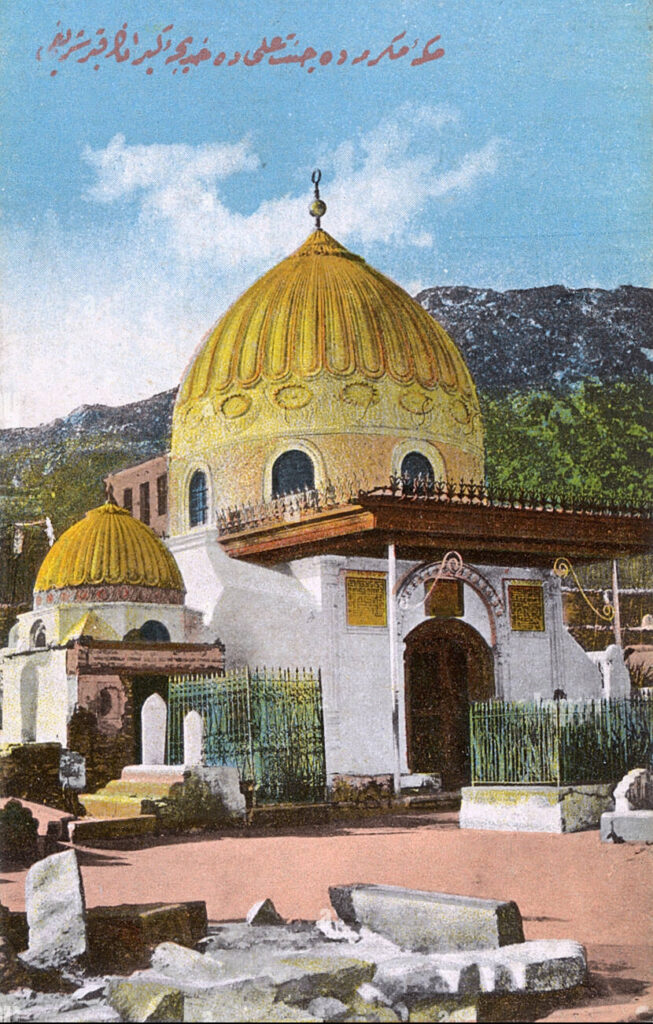
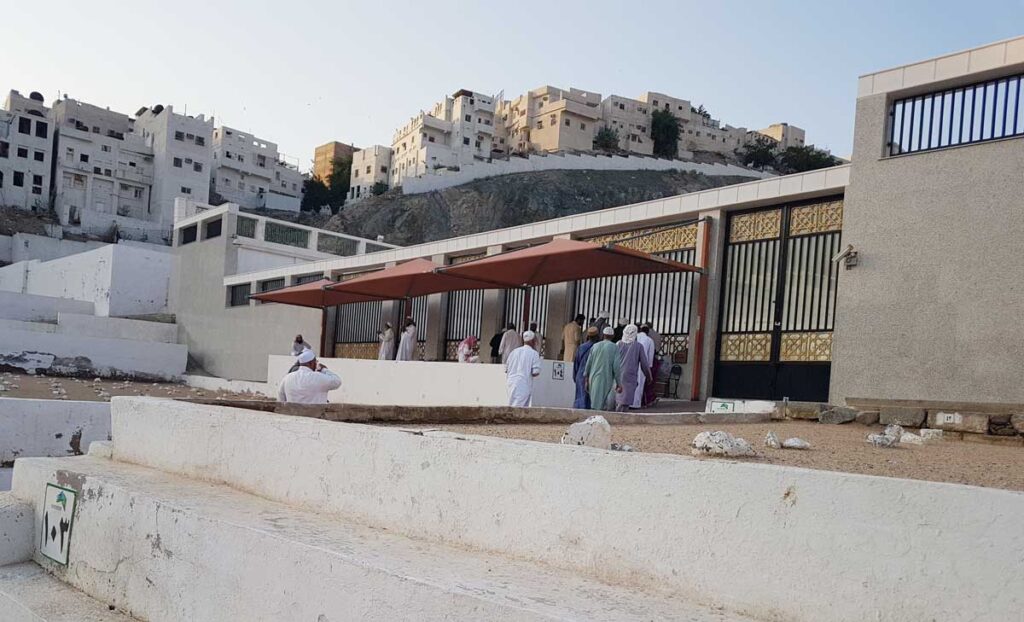

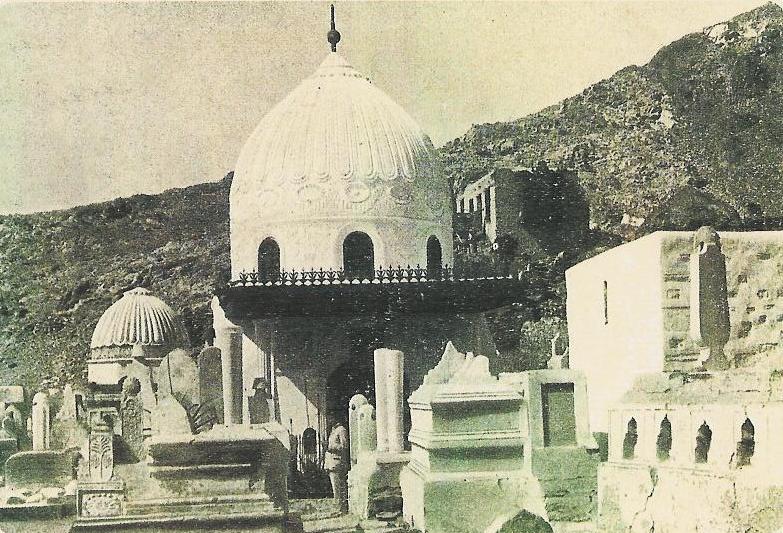
Qasim ibn Muhammad and Abdullah ibn Muhammad
Qasim ibn Muhammad I was the eldest son of Prophet Muhammad ﷺ and Khadija bint Khuwaylid. He was born in 598 CE (24 BH) and passed away in 601 CE (21 BH), prior to the commencement of his father’s prophethood in 609 CE (13 BH), at the age of three. He is buried next to his mother, Sayyidatuna Khadija.
Abdullah ibn Muhammad I, the youngest child of the Prophet Muhammad ﷺ and Khadija, is also buried in Jannatul Mualla. He was born in 611 CE (11 BH) and passed away in 615 CE (7 BH), at the age of four. The Prophet ﷺ named him after his own father. He was known as al-Tahir (the Pure) and al-Tayyib (the Good).
Abdul Muttalib
Abdul Muttalib was the grandfather of Prophet Muhammad ﷺ. He was a respected leader of the Quraysh tribe and the custodian of the Kaaba in Makkah. Renowned for caring for and protecting the Prophet Muhammad ﷺ during his childhood, he played a crucial role in the early history of Islam in Makkah. He was also well-known for his role in rediscovering the well of Zamzam. He was born in 497 CE (130 BH) and passed away in 578 CE (46 BH) at the age of 80/81.
Abu Talib ibn Abdul Muttalib
Abu Talib ibn Abdul Muttalib, the uncle of Prophet Muhammad ﷺ, was also buried in Jannatul Mualla. He played a significant role in the life of the Prophet ﷺ, providing protection and support during the early years of Islam. He was born in 535 CE (90 BH) and passed away in 619 CE (3 BH) at the age of 83/84, roughly 10 years after the start of the Prophet’s ﷺ mission. His death came just one month before the passing of Sayyidatuna Khadija, in the year that came to be known as the Year of Sorrow.
Abu Talib and Khadijah are indeed among the last major figures to be buried in Jannatul Mualla before the establishment of Jannatul Baqi in Madinah, which later became the main cemetery for the Muslims.
Ancestors of the Prophet ﷺ
The great-grandparents of the Prophet Muhammad ﷺ were also buried at Jannatul Mualla, including Qusayy ibn Kilab, Abd Manaf ibn Qusayy and Hashim.
Abd-al Rahman ibn Abu Bakr

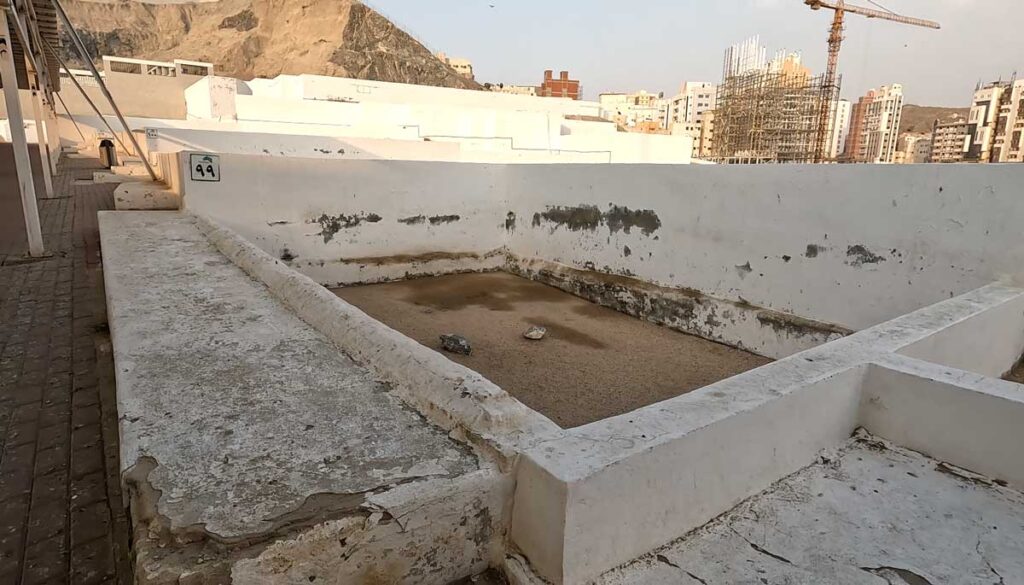
Abd-al Rahman ibn Abu Bakr was the son of Abu Bakr, the first Caliph of Islam, and the brother of Sayyidatuna Aisha M. He played significant roles in early Islamic history, particularly during the caliphate of his father and the subsequent leadership of Umar ibn al-Khattab I. Renowned as an elite warrior, he participated in various military campaigns, contributing to the expansion and governance of the Muslim community. He passed away in 55 AH (675 CE) when he was in his seventies.
The grave, marked number 99, is located on the way to the tomb of Sayyidatuna Khadija.
Asma bint Abu Bakr
Asma bint Abu Bakr was the daughter of Abu Bakr and the sister of Sayyidatuna Aisha M. She was known for her wisdom and piety. She was married to al-Zubayr ibn al-Awwam I and together they played active roles in the early Muslim community. She passed away in 76 AH (695 CE) at the age of 100.

The grave is located in the southern section of the graveyard opposite the grave of her son, Abdullah ibn al-Zubayr, which is marked with the number 29.
Abdullah ibn al-Zubayr

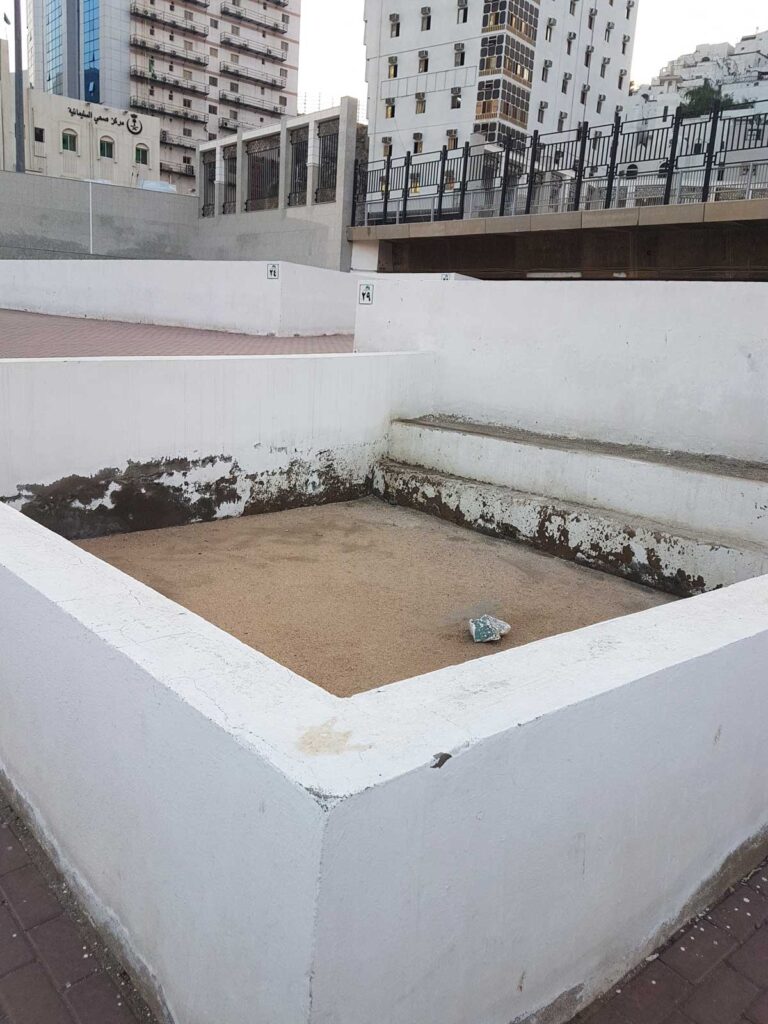
Abdullah ibn al-Zubayr I was a prominent figure in early Islamic history, known for his piety and leadership. He was the son of al-Zubayr ibn al-Awwam I, one of the ten companions promised paradise by the Prophet ﷺ, and Asma bint Abu Bakr. He is remembered for his opposition to the Umayyad Caliphate and his establishment of an independent caliphate in the Arabian Peninsula. He passed away in 73 AH (692 CE), aged 68.
The grave, marked number 29, is located in the southern section of the graveyard. It is opposite the grave of his mother, Asma bint Abu Bakr.
Attab ibn Asid
Attab ibn Asid I was a member of the Banu Umayyah clan. He was known for his leadership qualities and played a role in the affairs of the Quraysh tribe in pre-Islamic times. He embraced Islam following the conquest of Makkah by the Muslims. Despite his youth, he was appointed as the governor of Makkah by the Prophet Muhammad in 8 AH (630 CE), when he was only around 18 years old. He died in the year 12 AH (634 CE) or 23 AH (644 CE).
Scholars and the Pious
Jannatul Mualla is not only the final resting place of family and companions of the Prophet Muhammad ﷺ but also of many Tabi’een (successors) and Taba Tabi’een (successors of the successors), scholars, and righteous individuals throughout history.
Destruction of Tombs
After the Saudis conquered Makkah in 1925, Abdulaziz bin Saud ordered the demolition of all tombs in Jannatul Mualla, following the demolition of Jannatul Baqi in Madinah. The tombstones were removed in 1926, which caused outrage in the Muslim world. Today, the cemetery is devoid of tombs or gravestones.
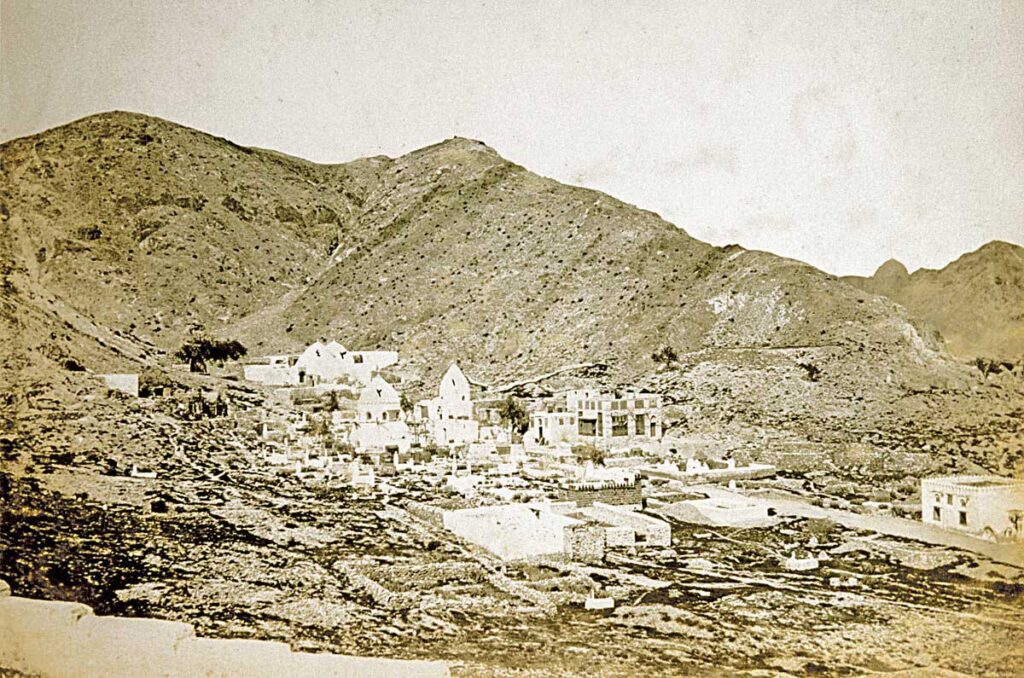
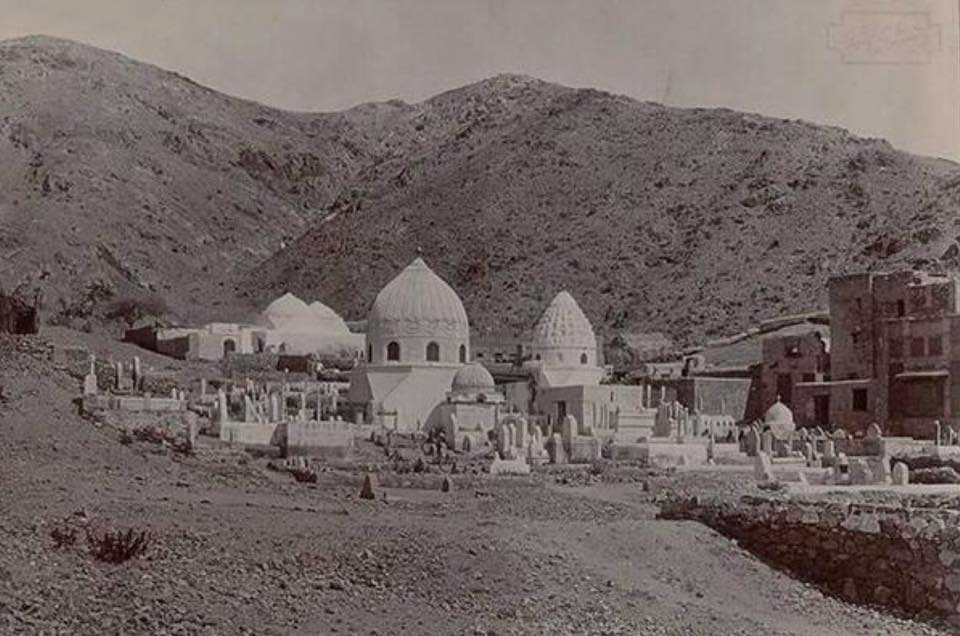
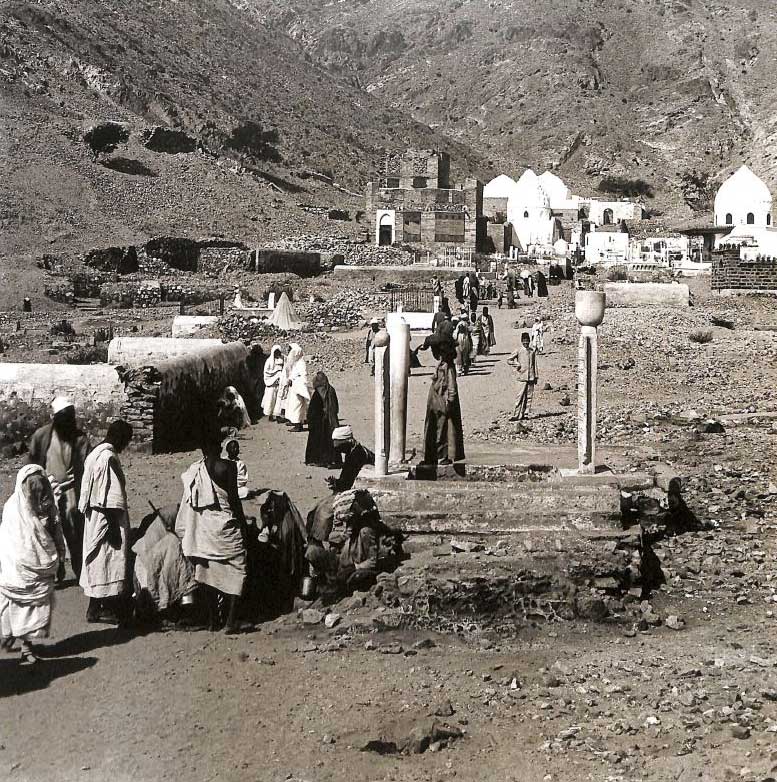
How to Visit Jannatul Mualla
Jannatul Mualla is located within walking distance of Masjid al-Haram. If you’re already inside Masjid al-Haram, exit from the mosque through Marwa Gate. Alternatively, if you’re starting from the front of the mosque near the clock tower, walk around it towards its rear, ensuring that Masjid al-Haram and the masa’a are on your left side. Continue walking straight past the Birthplace of the Prophet Muhammad ﷺ, which should be on your right, until you reach a flyover. Walk underneath the flyover and continue straight on the road lined with shops on both sides. You will first pass Masjid al-Shajarah and then Masjid al-Jinn. Eventually, you will come across a ring road, and Jannatul Mualla will be on your left side. The walk will take 10-15 minutes depending on which side of Masjid al-Haram you start from.
Alternatively, you can take a taxi from near Masjid al-Haram. The taxi fare should range from 10 to 15 riyals and may be slightly higher during busy periods. Please be aware that the taxi will need to take a longer route due to the road layout, as it cannot cut through Masjid al-Haram like you could if you were walking. Nevertheless, the journey should take less than 10 minutes.
Only men may access the graveyard; women are strictly prohibited from entering. Women may view the graves standing from the road overlooking the cemetery.
Photo Gallery
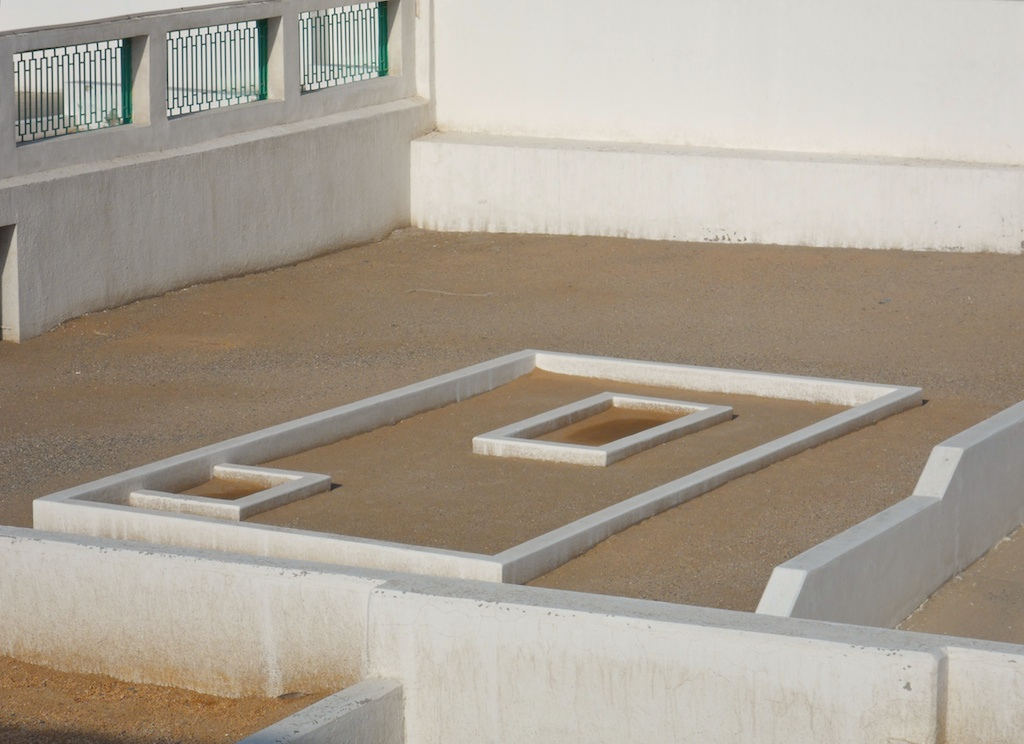
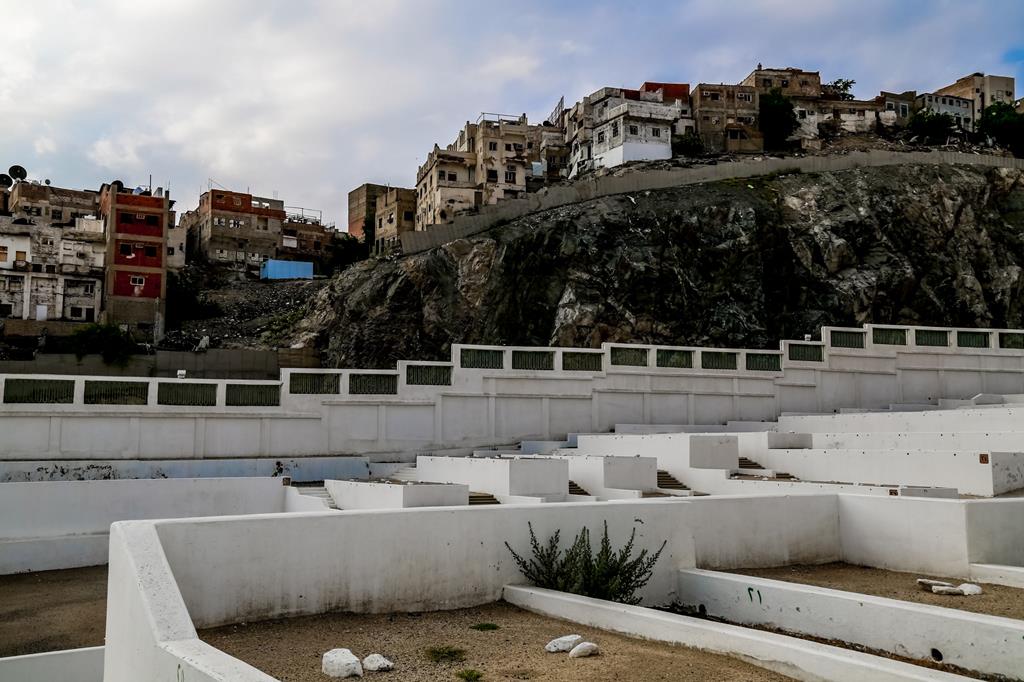
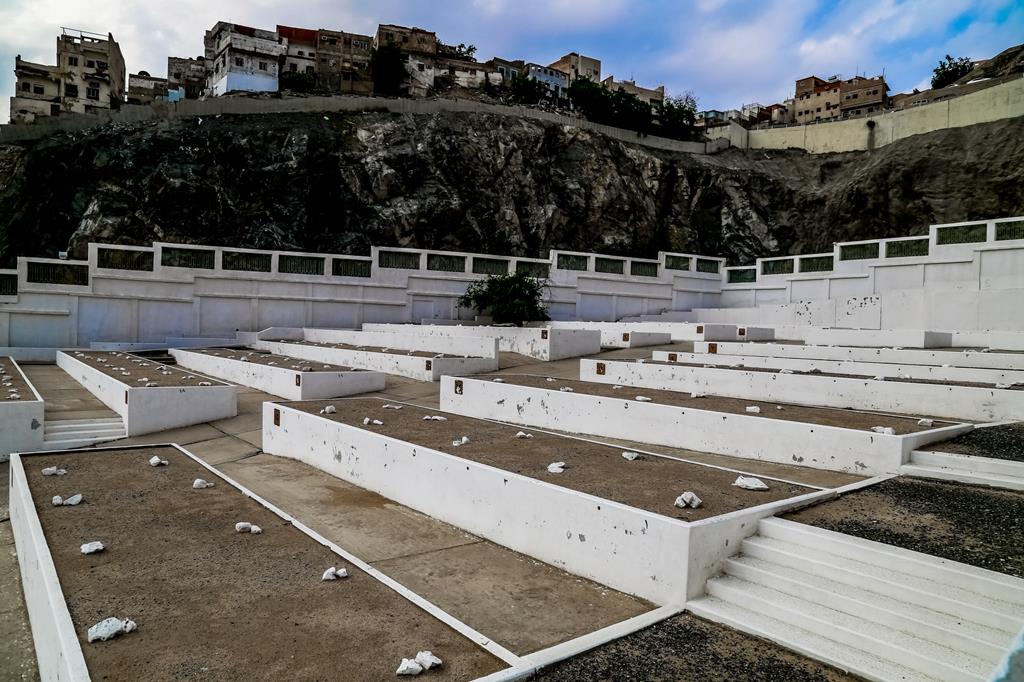
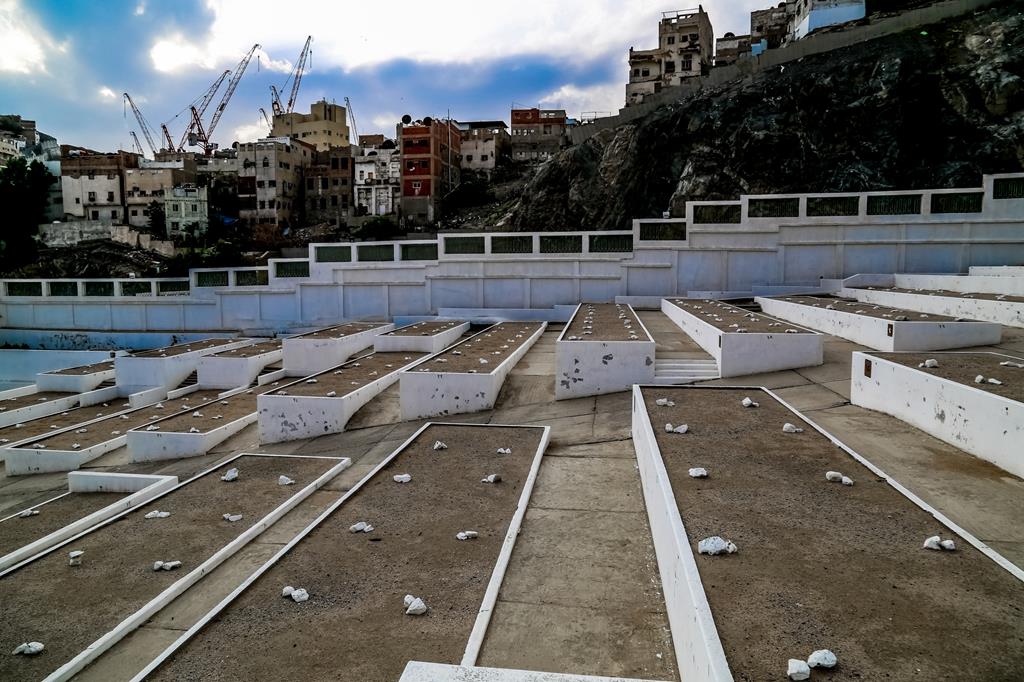
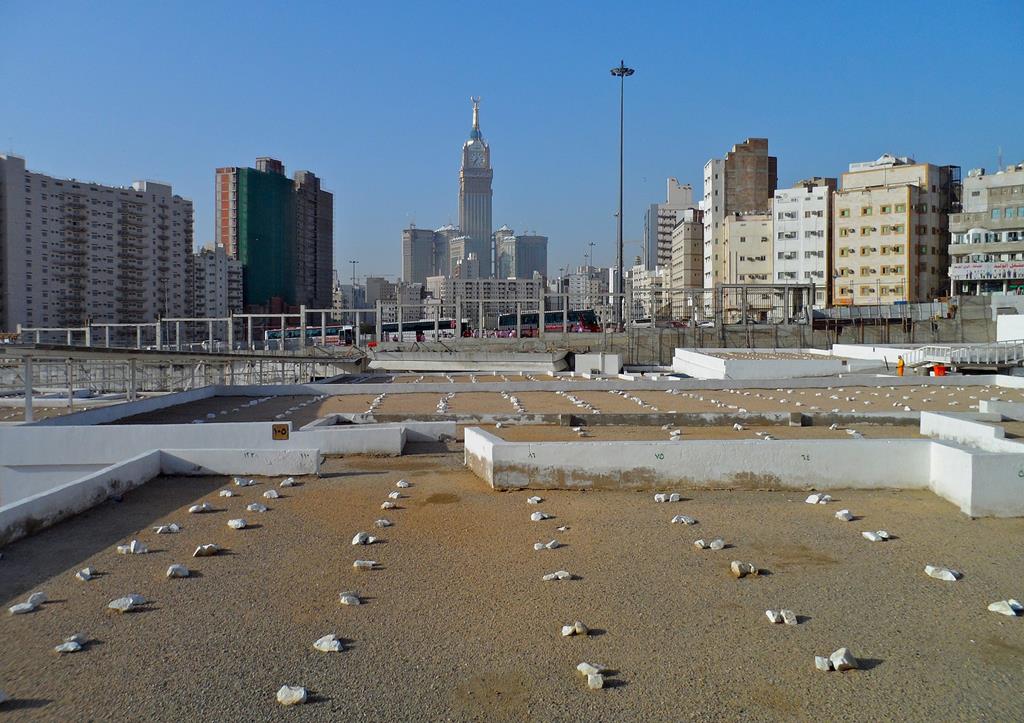
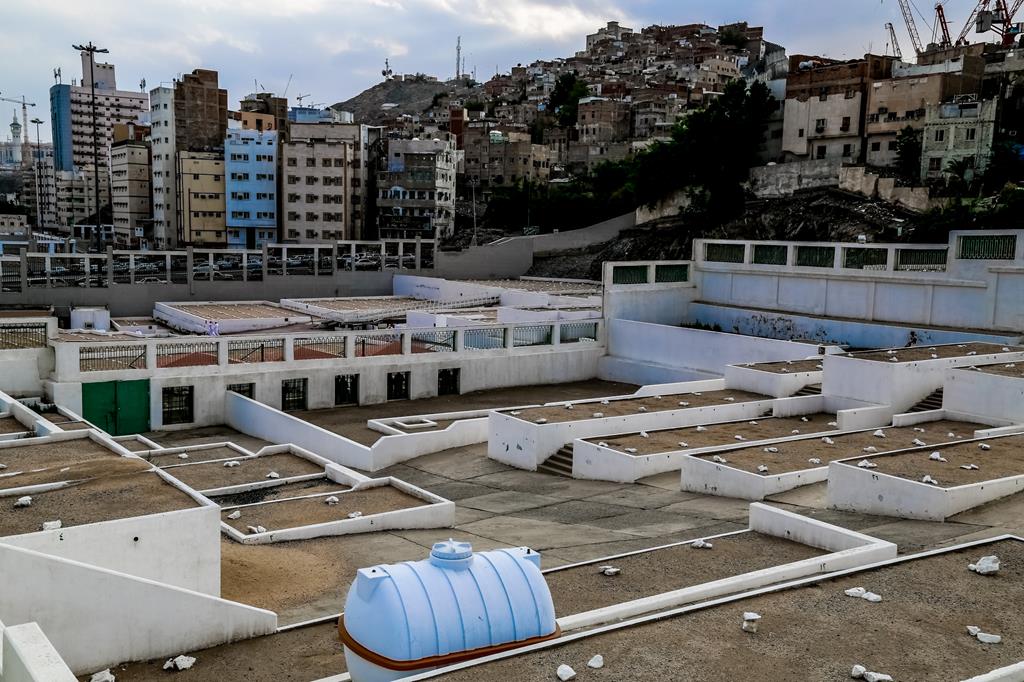
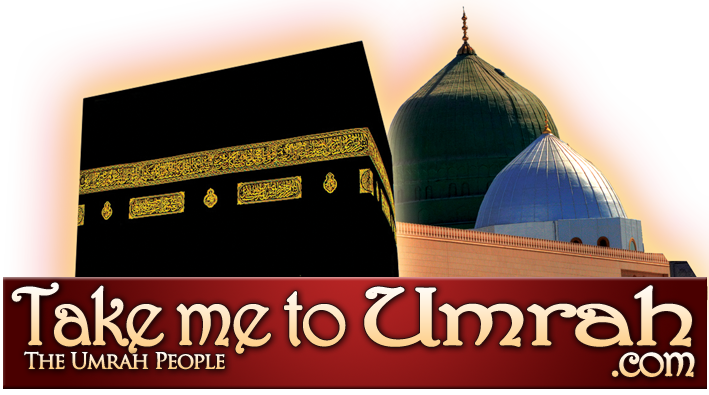
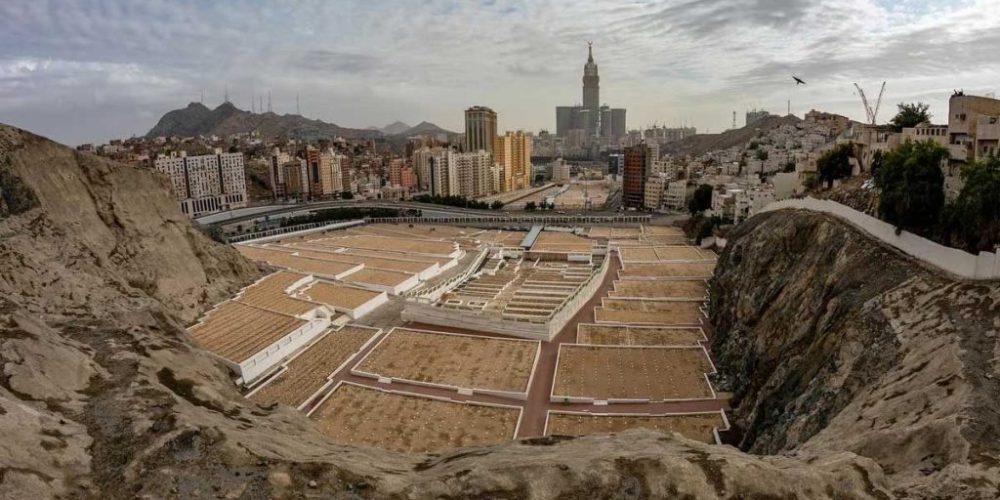
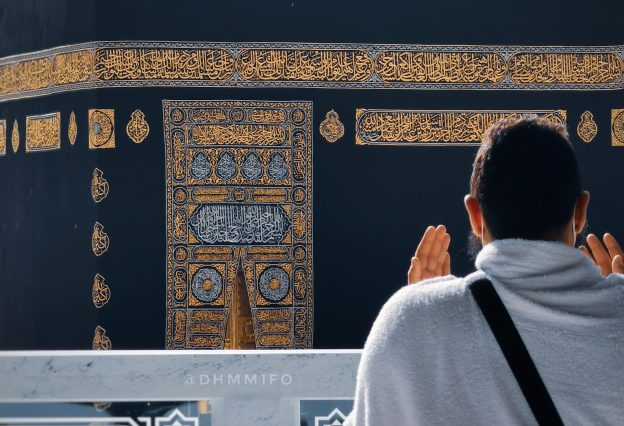
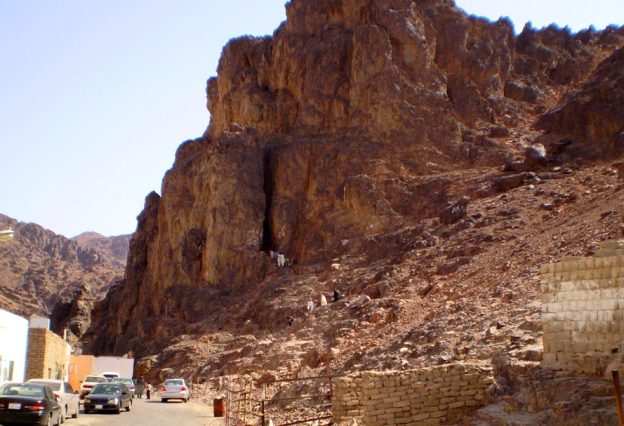
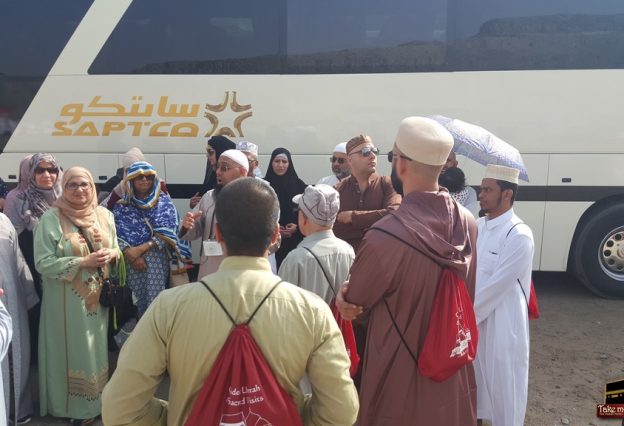
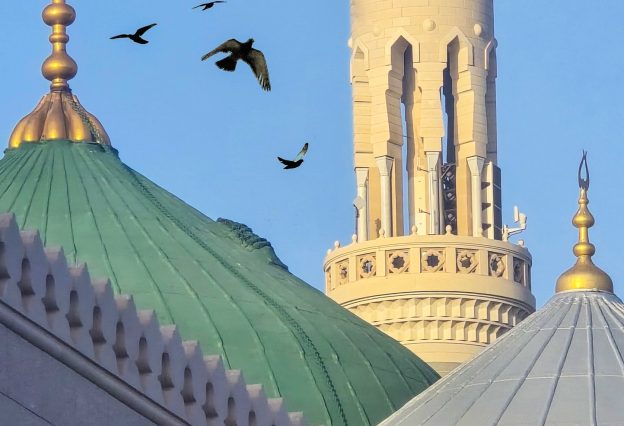
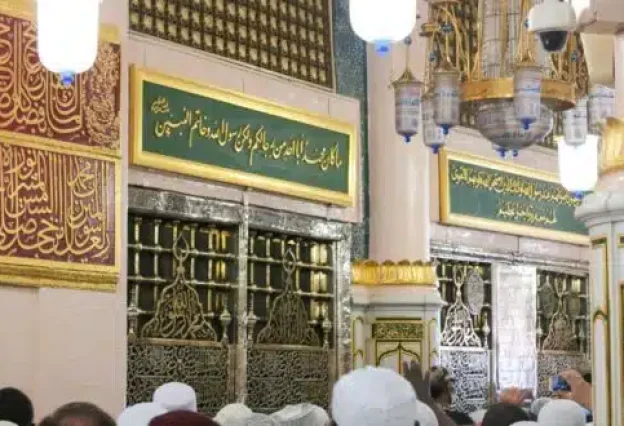
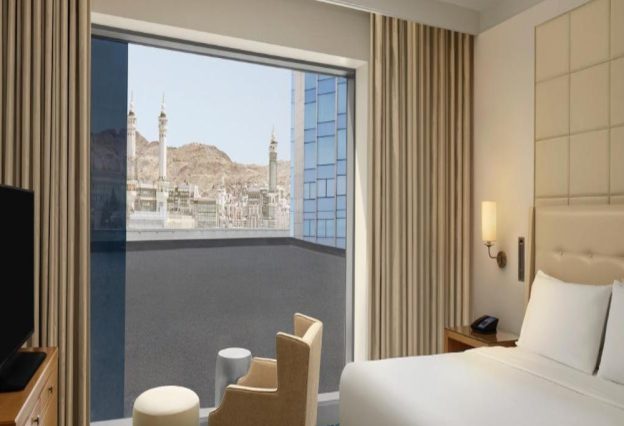
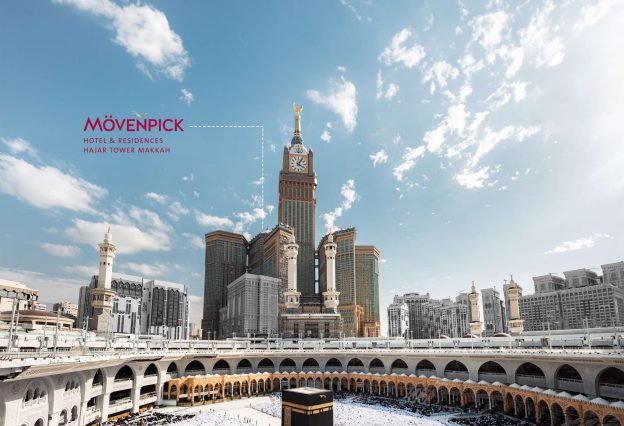
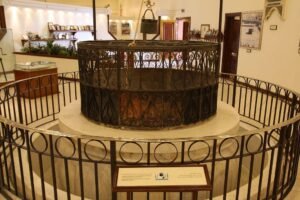
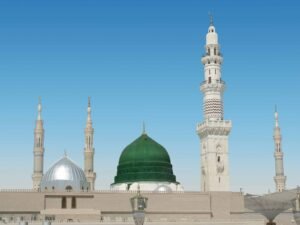

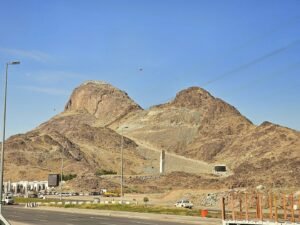
Every year my husband and I been going with you Umrah. We enjoy it a lot. Can't wait to go again Mar/2013. Insha Allah.